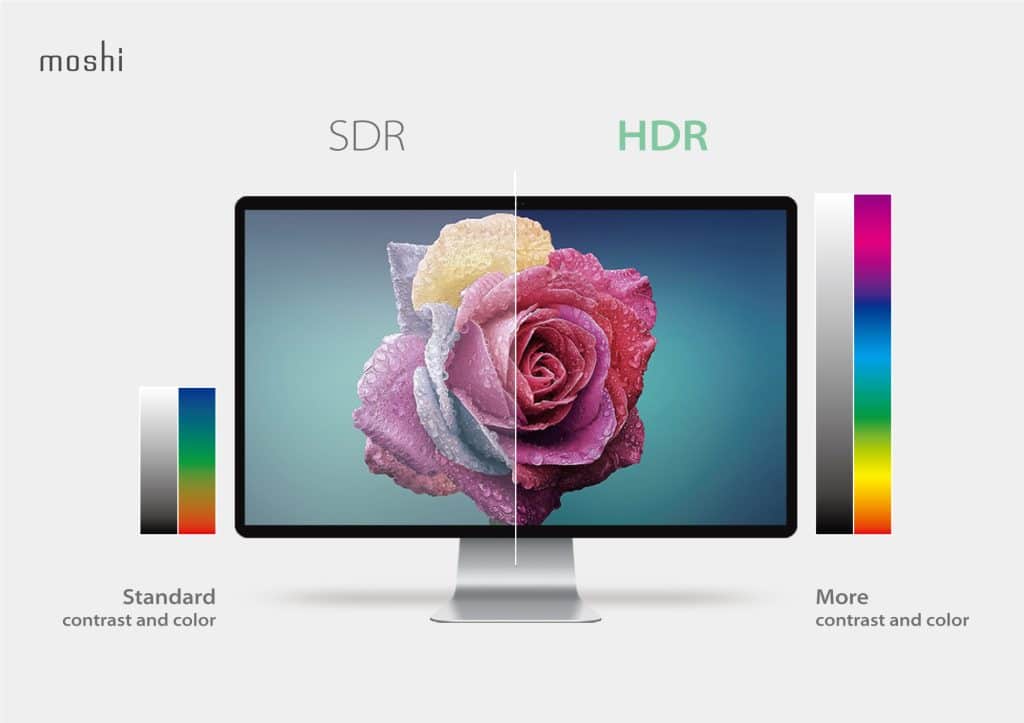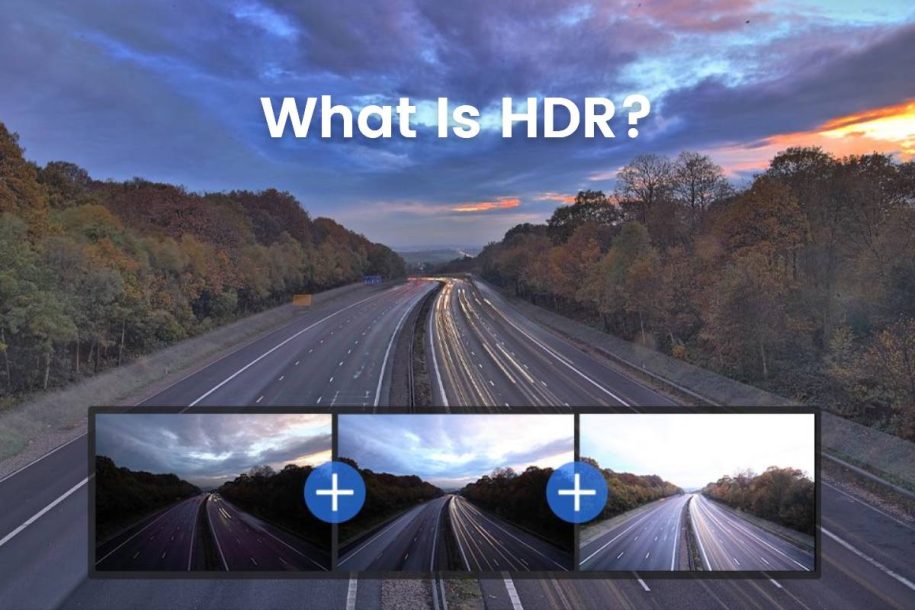Table of Contents
ToggleHave you ever noticed how some shows or games seem so realistic that you feel like you could step right into the scene? That’s the magic of HDR video at work. HDR, or High Dynamic Range, technology has transformed how we experience visual content. With vibrant colors, intense contrasts, and jaw-dropping detail, HDR is setting a new standard in home entertainment.
In this article, we’ll explore what HDR video is, how it works, why it outperforms standard video, and what you need to get the most out of it. Whether you’re streaming movies, gaming, or binge-watching shows, understanding HDR will help you unlock the best possible experience.
What is HDR Video?
In simple terms, HDR video makes bright areas brighter, dark areas darker, and colors more vivid. Traditional video formats, known as Standard Dynamic Range (SDR), limit the brightness and color depth of a picture. HDR goes beyond those limitations, capturing a wider range of light and color closer to what the human eye can perceive.
Think of watching a sunset with an HDR TV: the glow of the sun isn’t washed out, and the shadows cast on the landscape retain fine details. Without HDR, those nuances would be lost, leaving you with a flatter, less immersive image.
HDR content shines the brightest in scenes with extreme lighting—like action movies with explosions or dark, atmospheric shows where every detail matters. If you want visuals to look exactly how the filmmaker intended, HDR is the way to go.
How Does HDR Video Work?
Color Depth and Brightness Levels
HDR uses higher color depth and greater brightness levels compared to SDR. While SDR content is limited to about 8-bit color depth, HDR pushes it to 10-bit or higher, unlocking millions of extra shades. Similarly, HDR screens can reach 1,000 nits or more in peak brightness, whereas SDR screens are capped at around 300 nits.
Metadata: Static vs. Dynamic
One key feature of HDR is the use of metadata—instructions embedded in the video file to tell your display how to handle brightness and color. Static metadata stays the same throughout the entire video, while dynamic metadata adjusts these settings on a scene-by-scene basis, ensuring the best quality in every frame.
Wide Color Gamut (WCG)
With a Wide Color Gamut, HDR video expands the range of colors a screen can show. You’ll see reds that pop, greens that feel fresh, and skin tones that look lifelike—something SDR content struggles to achieve.
Popular HDR Formats Explained
Not all HDR is created equal. Here’s a breakdown of the most common HDR formats:
HDR10
- The most widely used format across TVs, Blu-ray, and streaming platforms.
- Uses static metadata and supports brightness up to 1,000 nits.
- Open standard with broad compatibility but limited customization.
Dolby Vision
- Premium HDR format with dynamic metadata, adjusting frame by frame.
- Can support peak brightness of 4,000 nits or more.
- Often found in high-end TVs and streaming platforms like Netflix.
HDR10+
- An upgrade to HDR10, featuring dynamic metadata like Dolby Vision.
- Open-source, royalty-free, and used by platforms like Amazon Prime Video.
HLG (Hybrid Log-Gamma)
- Designed for live broadcasts and backward-compatible with SDR displays.
- Commonly used in sports events and TV broadcasts.
Each format offers unique strengths, but HDR10 and Dolby Vision are the most popular for consumers today.

HDR vs. SDR: Key Differences
| Aspect | HDR | SDR |
|---|---|---|
| Brightness | Up to 4,000 nits | 100-300 nits |
| Color Depth | 10-bit or higher | 8-bit |
| Metadata | Static or dynamic | None |
| Contrast | Deep blacks, bright whites | Limited range |
| Color Accuracy | Wider color gamut | Narrow color range |
HDR unlocks more detail, better contrast, and richer colors—making it ideal for everything from movies to video games.
Why HDR Matters for Movies, TV, and Games
Movies and TV Shows
HDR helps filmmakers present visuals as they were meant to be seen. Streaming platforms like Netflix and Disney+ feature HDR content to bring viewers closer to a cinema-level experience. Films like Mad Max: Fury Road or Planet Earth II look stunning with HDR, where every scene bursts with detail and color.
Gaming with HDR
For gamers, HDR offers an even more immersive experience. Games on consoles like the PlayStation 5 and Xbox Series X feel more dynamic, with brighter explosions and more realistic environments.
What Do You Need to Watch HDR Content?
To enjoy HDR at its fullest, here’s what you’ll need:
- HDR-Compatible Display: Look for TVs or monitors that support HDR10 or Dolby Vision.
- Streaming Device or Console: Devices like Roku Ultra or Apple TV 4K work seamlessly with HDR content.
- HDMI 2.0 or 2.1 Cables: Ensure you use high-bandwidth cables to avoid bottlenecks.
- HDR-Enabled Content: Subscribe to services like Netflix, Disney+, or Amazon Prime for a library of HDR content.
HDR in Streaming Platforms
Most streaming services now offer HDR titles to enhance the viewing experience. Netflix, for instance, marks HDR content with the “Dolby Vision” or “HDR” logo. Meanwhile, Amazon Prime Video and Disney+ offer extensive HDR libraries as well. The platforms automatically adjust video quality based on your internet speed and device capabilities.
Common Misconceptions About HDR
- “All 4K TVs Support HDR”
Not all 4K TVs have HDR capability. Always check the product specs before buying. - “HDR Looks Good on Any Content”
HDR content needs to be specifically mastered. Watching SDR videos on an HDR screen won’t deliver the same impact. - “Brighter Means Better”
While brightness is important, color depth and contrast play equally vital roles in HDR quality.
Future of HDR Video Technology
HDR is evolving fast, with Dolby Vision IQ now offering dynamic adjustments based on room lighting. As prices for HDR-capable devices drop, expect even broader adoption across streaming platforms and gaming consoles. In a few years, HDR will become the new norm for most video content.
Conclusion: Elevate Your Visuals with HDR
Ready to take your viewing experience to the next level? With HDR, you’ll enjoy richer colors, deeper contrasts, and visuals that pop like never before. Whether you’re watching a movie, gaming, or streaming your favorite show, HDR ensures you see it all in breathtaking detail.
Looking to upgrade your content with cutting-edge HDR production? Inkrypt Videos specializes in high-quality video solutions. Contact Inkrypt Videos today and let us bring your visuals to life with stunning HDR!
Frequently Asked Questions
We've compiled a list of answers to common questions.
4K refers to resolution, while HDR focuses on better color and contrast. Both work together for the best picture.
Yes, you need an HDR-capable TV or monitor, compatible content, and appropriate cables.
Dolby Vision offers the most advanced features, but HDR10 is more widely supported.
Poor HDR performance is often due to incompatible displays or incorrect settings.
Absolutely! HDR makes games more immersive by enhancing lighting, shadows, and colors.

